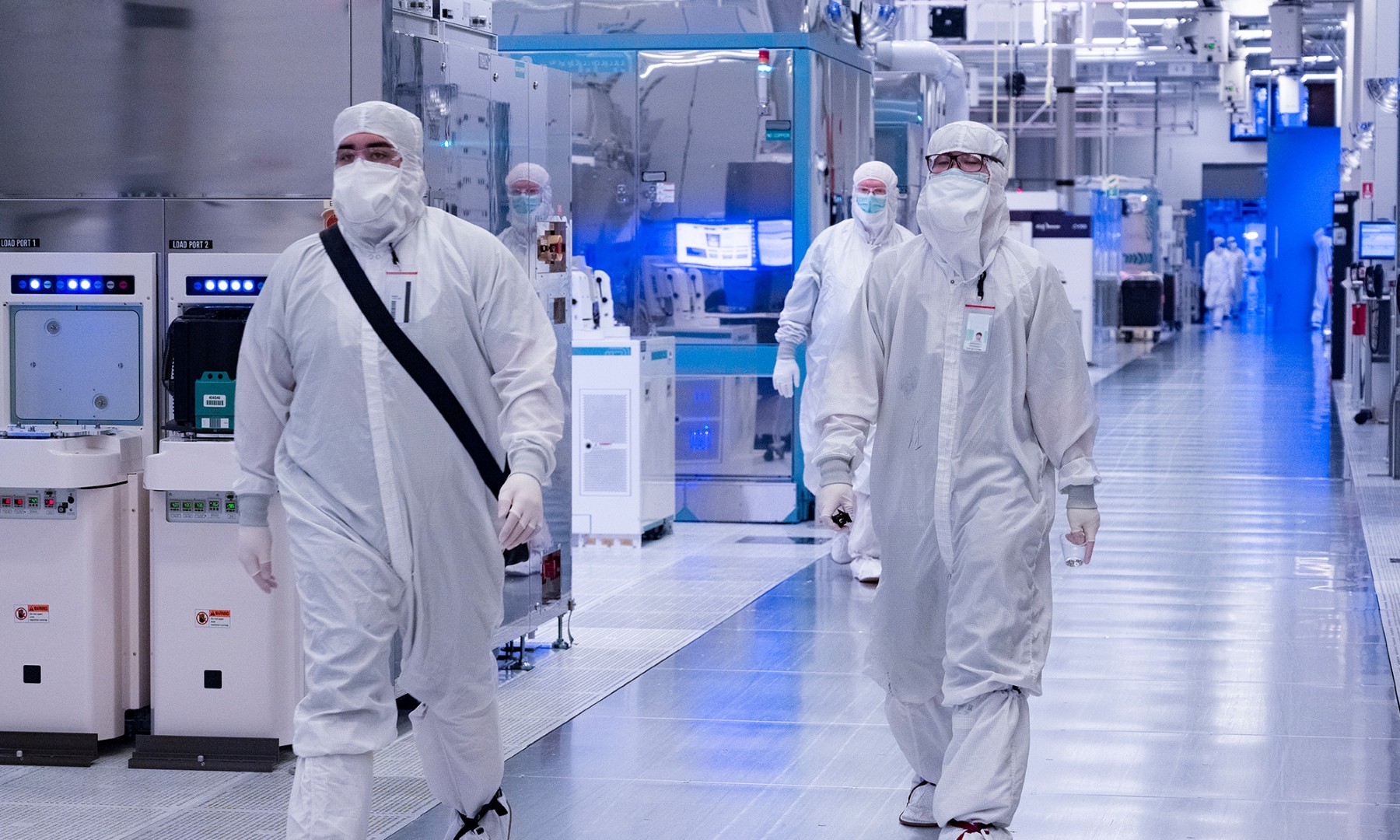Intel (INTC +6.31%) recently hired Tom Lantzsch, a 10-year veteran of Softbank's chip designer ARM Holdings, as its senior VP and general manager of its Internet of Things (IoT) business. The IoT unit previously included Intel's IoT chips for wearables, connected devices, and autonomous cars; however, Intel recently launched a dedicated ADG (Automated Driving Group) business unit for its autonomous car efforts, which will be led by former IoT chief Doug Davis.

Tom Lantzsch. Image source: Intel.
Intel's other IoT chips and modules will remain in the slimmed-down IoT unit, which will be led by Tom Lantzsch. Hiring Lantzsch strongly suggests that Intel needs ARM's expertise in low-power chips to gain ground against ARM licensees like Qualcomm (QCOM 1.24%), but does the move come too late to make a meaningful difference?
Why the Internet of Things matters to Intel
Intel's core PC and data center chip groups, which accounted for nearly 80% of its revenue last quarter, are posting sluggish growth due to the rise of mobile devices, weak enterprise spending, and slower upgrades. To diversify away from those businesses, Intel aggressively expanded into adjacent markets like non-volatile memory, programmable chips, and IoT chips.
Intel has predicted that the number of connected devices worldwide will surge from 15 billion in 2015 to 200 billion by 2020. That's why it launched a dedicated IoT business, which revolves around its Quark and Atom SoCs, in late 2013. The low-powered Quark powers the button-sized Curie and Galileo development board, while the higher-powered Atom powers the SD card-sized Edison and devices which require more horsepower.
Intel heavily promoted these chipsets during recent events, and even partnered with Time Warner's Turner Broadcasting to launch a reality show, America's Greatest Makers, to showcase the chips being installed in wearables and other gadgets. That hype generated some interest, and the IoT unit's revenue rose 19% annually to $689 million last quarter. However, that accounted for just 4% of the chipmaker's top line. The unit's operating income rose 27% to $191 million, or 4% of Intel's operating profits.

America's Greatest Makers. Image source: Intel.
Learning from past mistakes
Intel's biggest mistake over the past decade was underestimating ARM, which licensed its lower-power chip designs to a wide variety of chipmakers. Back in 2006, then-Intel CEO Paul Otellini didn't believe that mobile chips would be a massively disruptive business. The chipmaker sold its ARM-based Xscale business to Marvell Technology in 2006, then rejected Apple's (AAPL 0.77%) offer to supply the application processors for the iPhone.
Apple then asked Samsung to develop an ARM-based chipset for the first iPhone, and eventually developed its own ARM-based A-series SoCs internally. Other smartphone makers eager to follow Apple's lead flocked to other ARM licensees since early ARM chipsets were cheaper and more power-efficient than Intel's x86 chipsets.
Top ARM licensee Qualcomm subsequently dominated the Android market, and ARM designs ended up in 95% of all smartphones worldwide. Intel tried to catch up by launching new Atom chips and subsidizing OEMs with billions of dollars in discounts, co-marketing agreements, and financial assistance in redesigning logic boards to grow its market share. However, Intel's market share remained at 1%, and it basically quit the smartphone market earlier this year by discontinuing its main Atom SoCs for mobile devices.
Big challenges ahead...
Intel CEO Brian Krzanich, who succeeded Otellini in 2013, clearly doesn't plan to lose the IoT market to ARM licensees in the same way it lost the mobile market. Unfortunately, Intel's adversary Qualcomm is already leveraging its massive mobile presence to gain footholds in the wearables, drones, home automation, and connected car markets.
Qualcomm launched custom Snapdragon chips for those markets, acquired IoT chipmaker CSR last year, and agreed to buy automotive chipmaking giant NXP Semiconductors earlier this year. It also claims that its chips now power 80% of all Android Wear devices. Considering that the biggest smartwatch maker, Apple, also uses a custom ARM chipset, it looks like a tough uphill battle for Intel in the IoT market.
Will hiring Lantzsch change anything?
This isn't the first time Intel hired an exec from a rival company to grow a struggling business. Two years ago, Intel hired Qualcomm networking and IoT exec Amir Faintuch to co-manage its Platform Engineering Group. Last November, it hired Qualcomm's mobile chief Murthy Renduchintala as its head of engineering.
Those hires were aimed at beefing up its mobile and IoT businesses and shaking up Intel's insular culture, but it's unclear if they've actually moved Intel in the right direction. Lantzsch will likely fall into the same category -- he'll bring plenty of mobile and IoT expertise from ARM, but it's doubtful that he can steer the entire IoT market away from ARM-based designs toward x86 ones within a short time.










